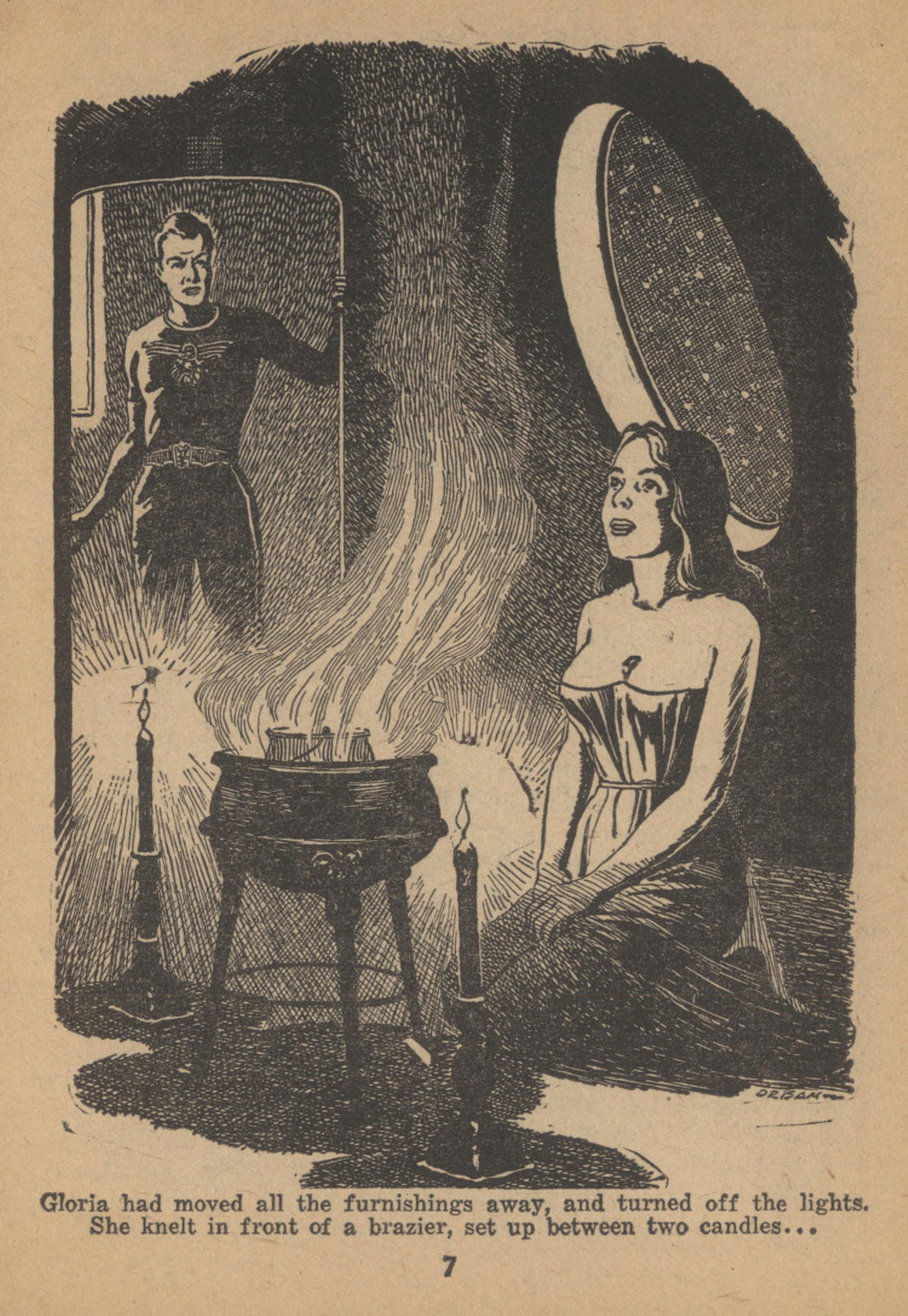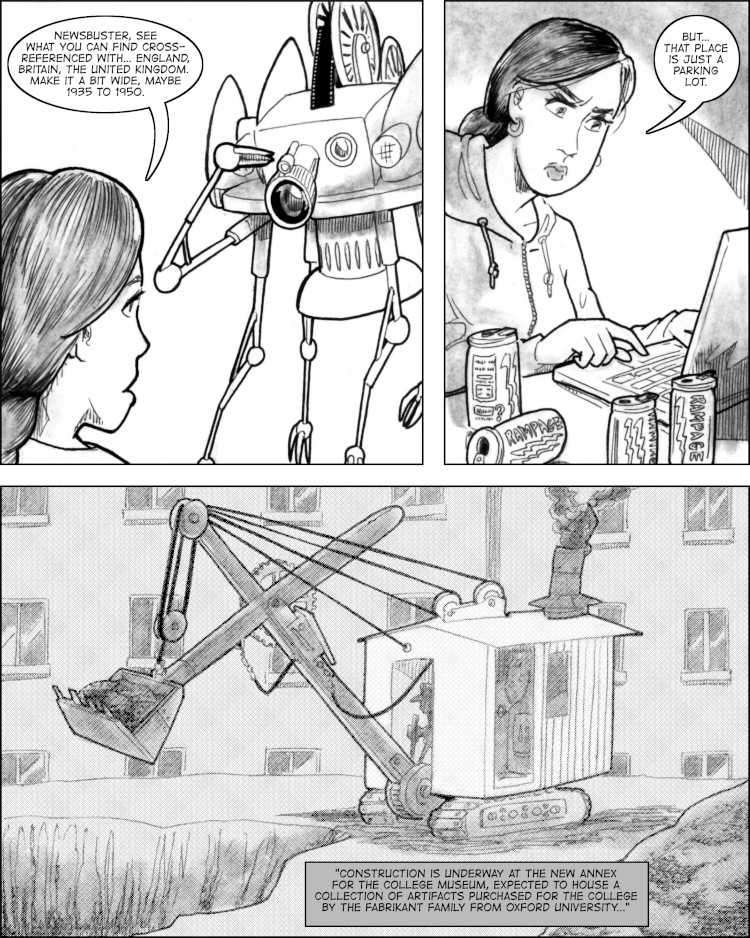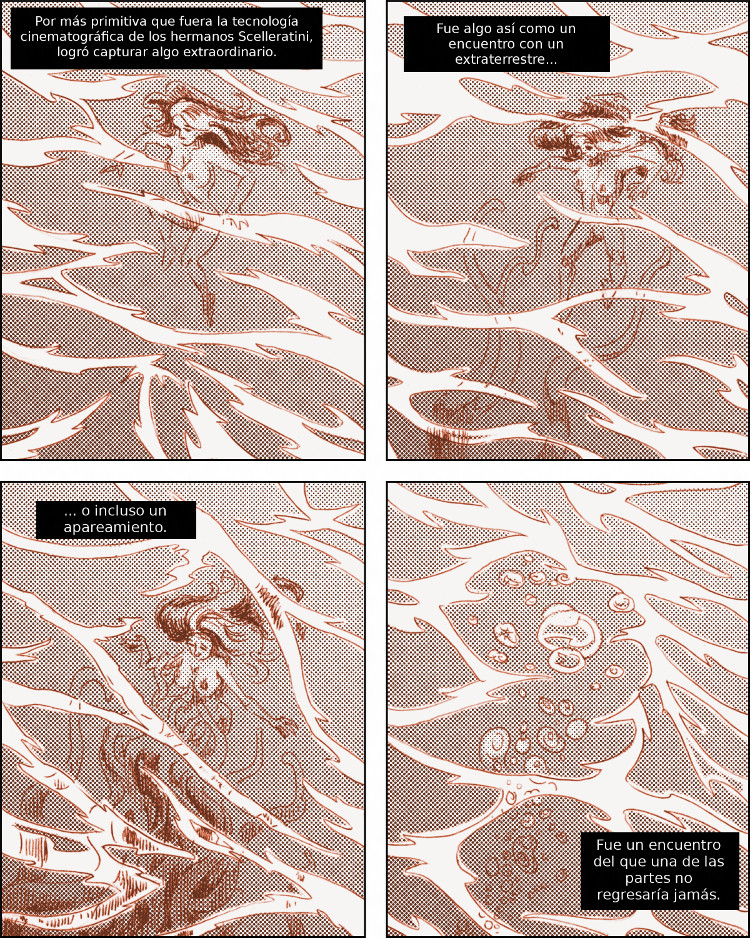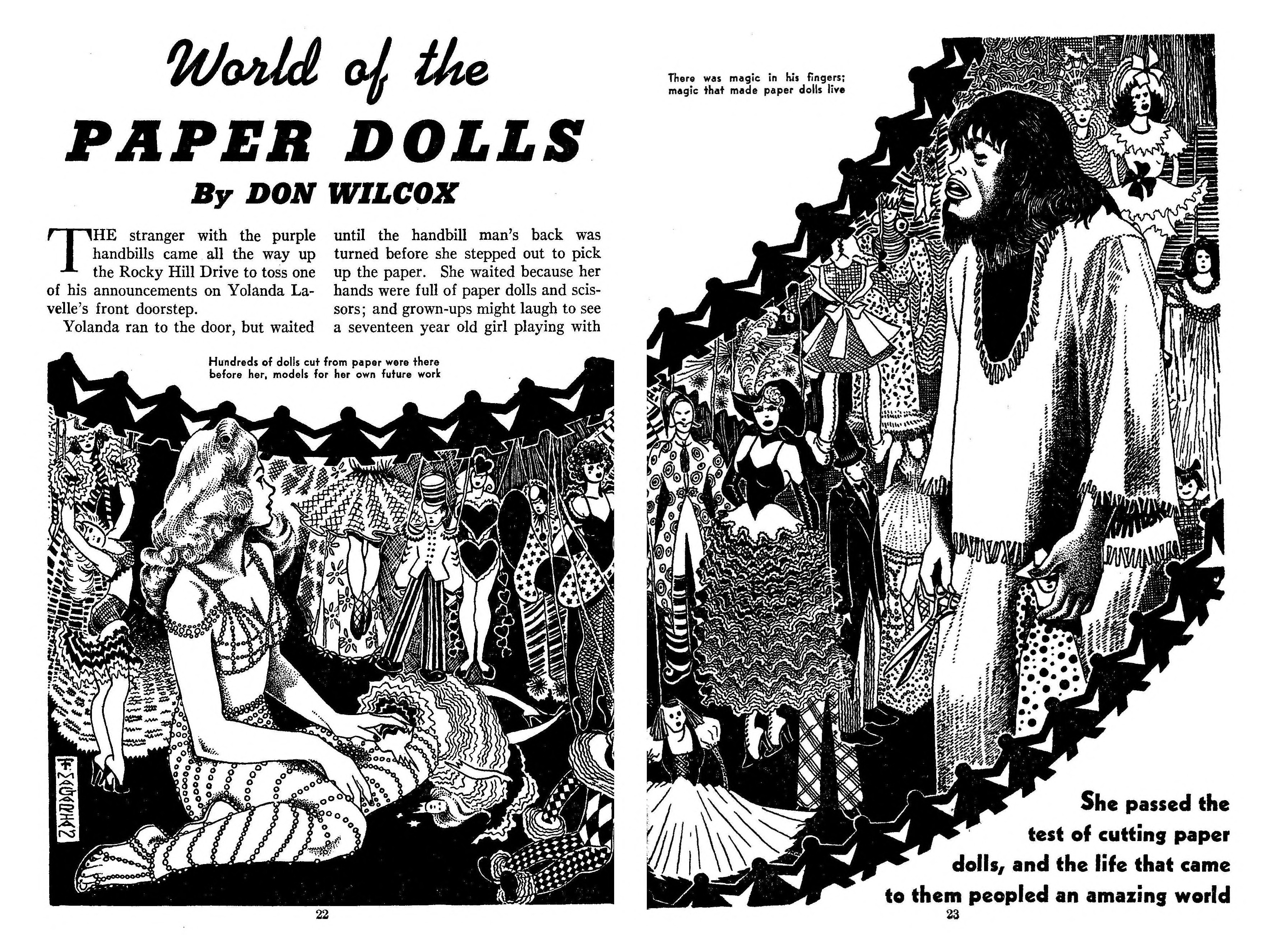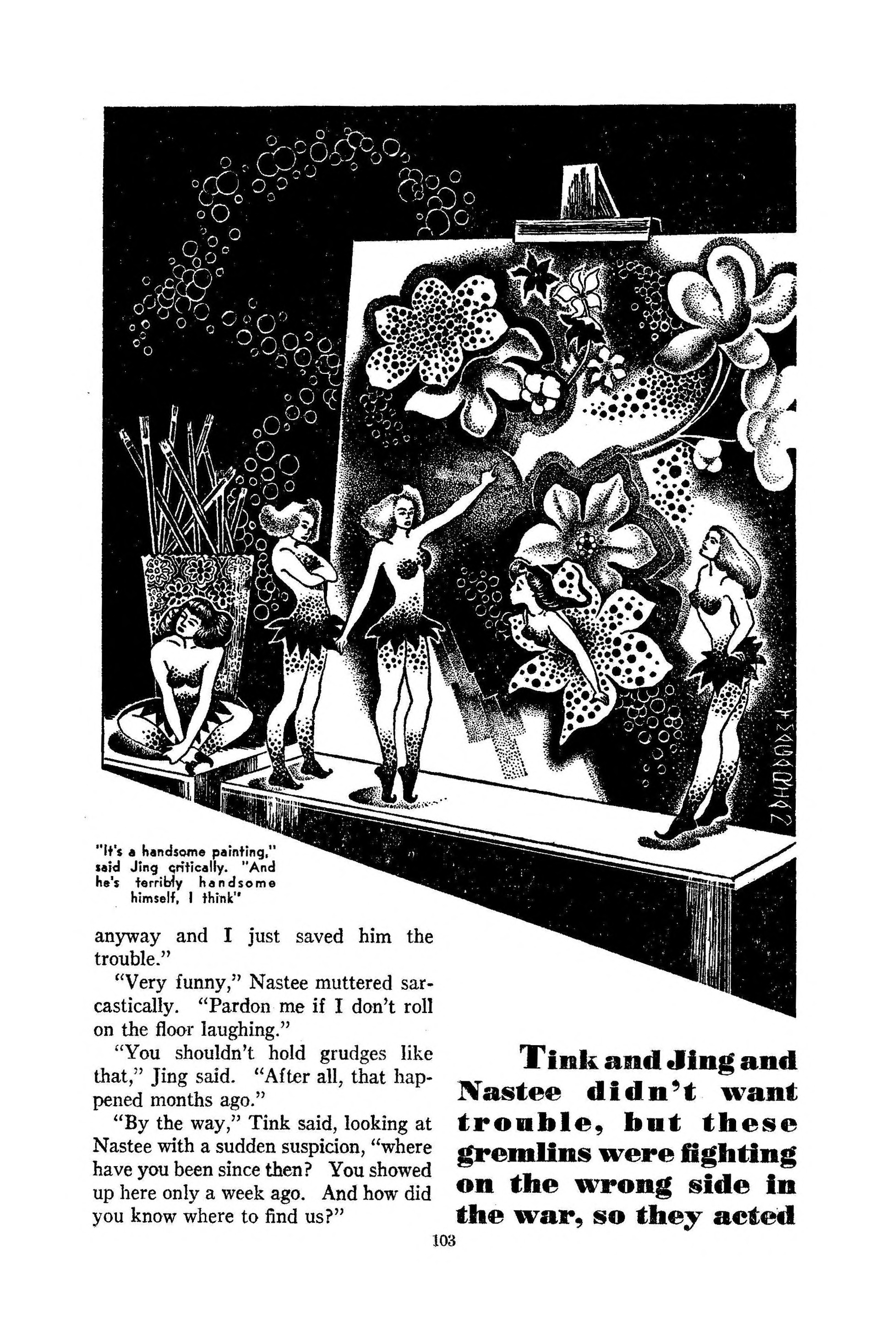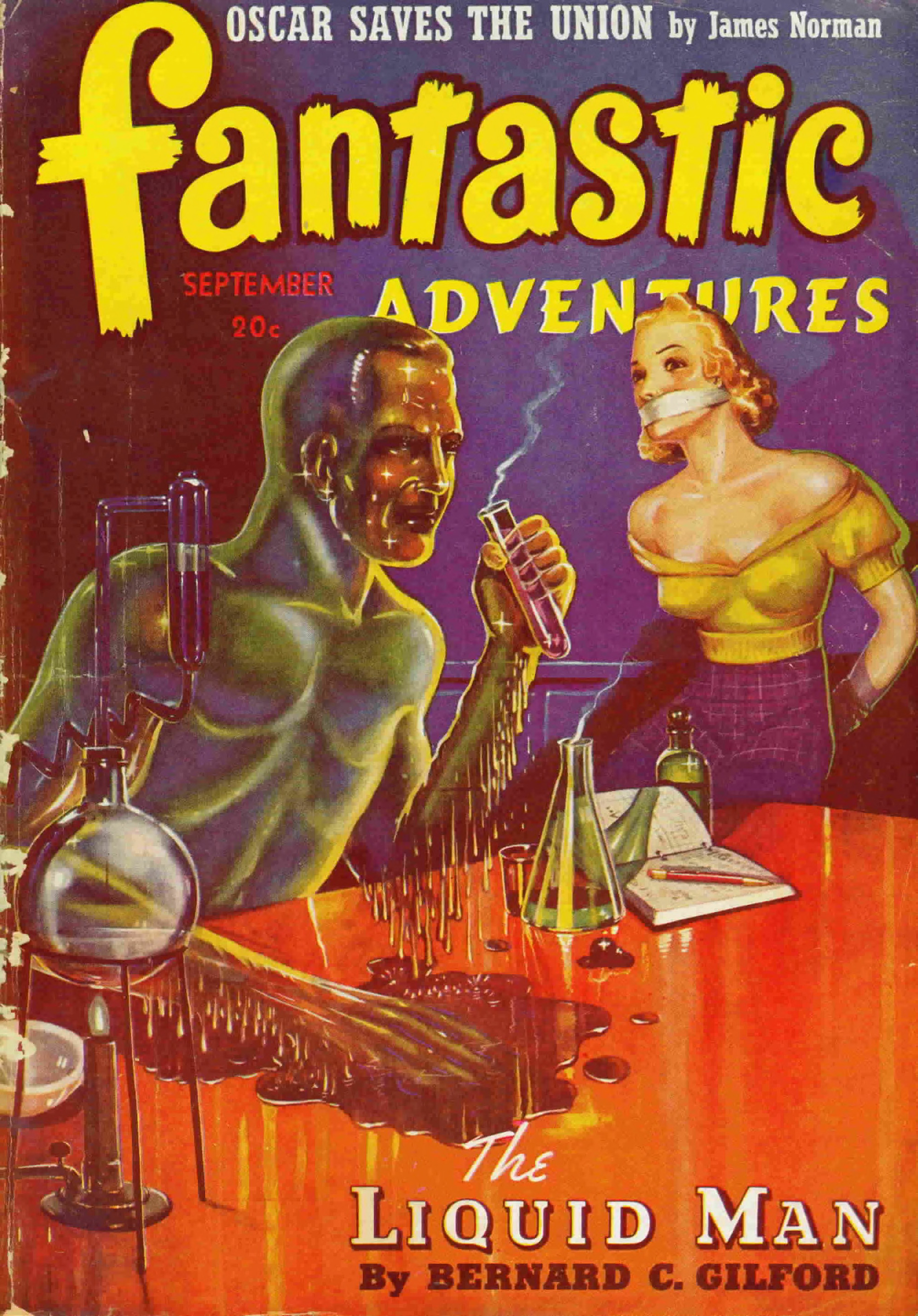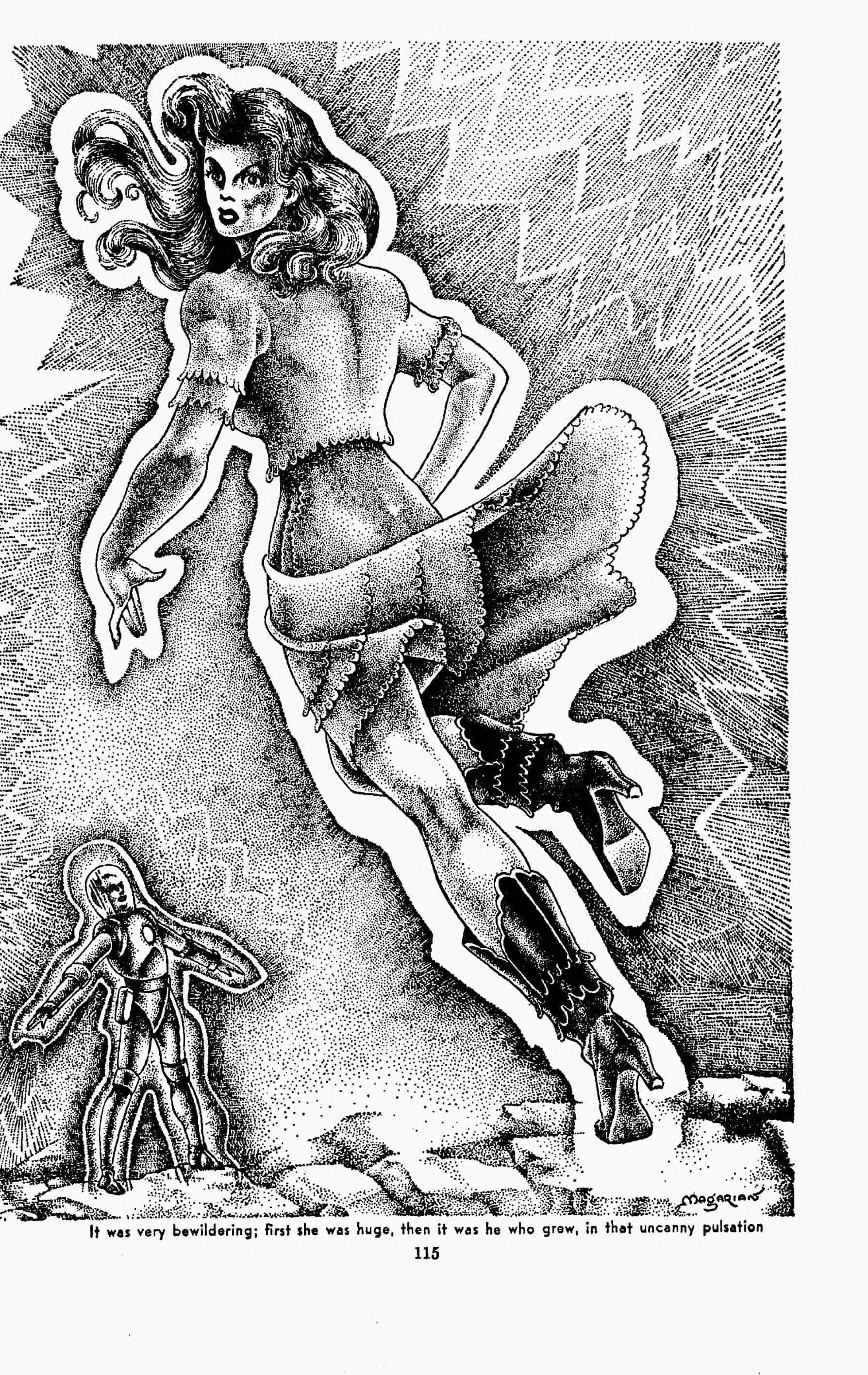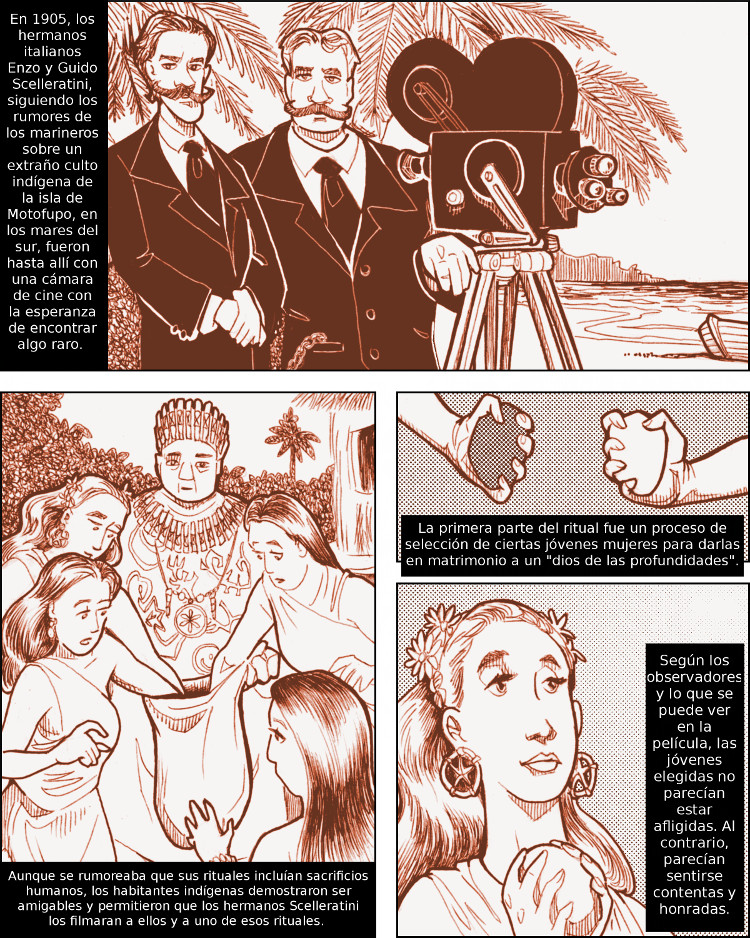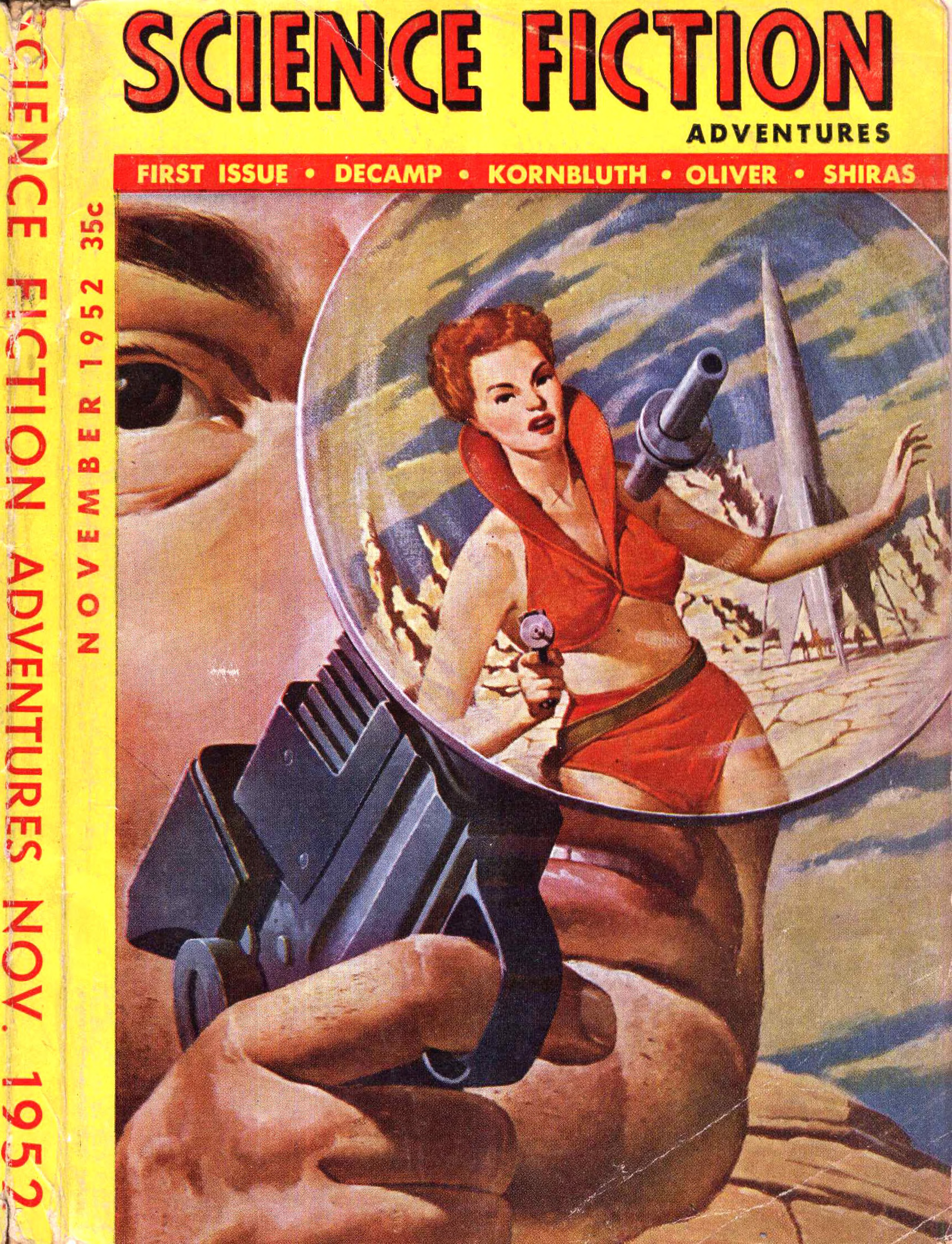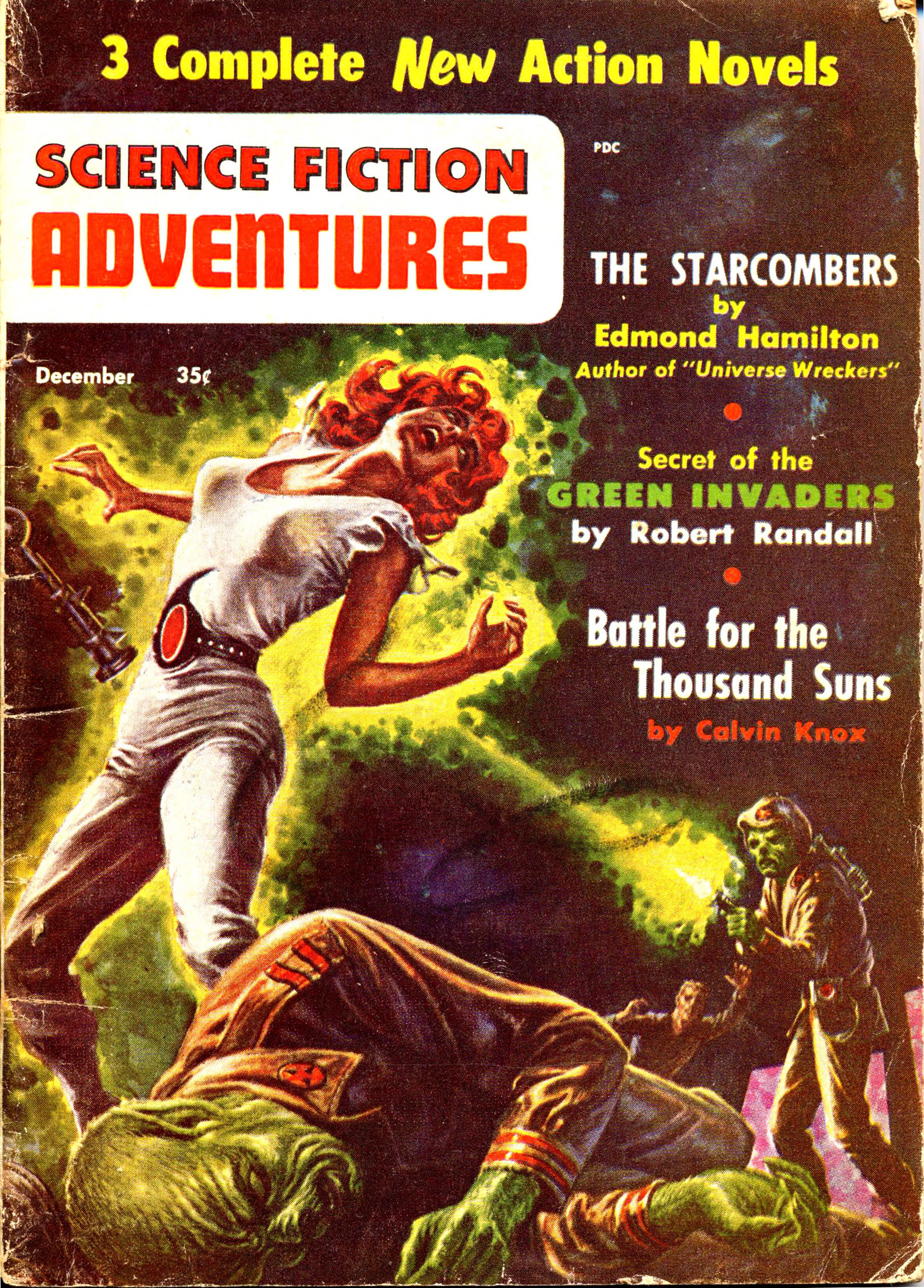
This work is licensed under a Creative Commons Attribution-NonCommercial-ShareAlike 4.0 International License.
PAGE 4 (Four panels)
(Note: The panels on this page should be sepia-toned, a visual indicator of the age of the photographic and cinematic material they are meant to represent.)
Panel 1: Two Italian men, ENZO SCELLERATINI (“Enzo”) and GUIDO SCELLERATINI (“Guido”) absurdly overdressed for their environment stand in coats, bow-ties, and bowler hats, posed on a beach with an old-fashioned, crank-operated movie camera. (Note: Both men have somewhat silly handlebar mustaches.)
CAPTION – PSEUDO-NARRATION (1): In 1905, Italian brothers Enzo and Guido Scelleratini, following up on sailors’ rumors of a strange native cult on the South Seas island of Motofupo, went there with a movie camera in hopes of finding something unusual.
Translation (1): En 1905, los hermanos italianos Enzo y Guido Scelleratini, siguiendo los rumores de los marineros sobre un extraño culto indígena de la isla de Motofupo, en los mares del sur, fueron hasta allí con una cámara de cine con la esperanza de encontrar algo raro.
Panel 2: A group of attractive young Polynesian-looking women dressed in muumuuu-like garments reaching into a sack together to draw something out.
CAPTION – PSEUDO-NARRATION (2): In spite of the fact that their rituals were rumored to include human sacrifice, the indigenous people proved friendly and allowed the Scelleratini brothers to film them and one of those very rituals.
Translation (2): Aunque se rumoreaba que sus rituales incluían sacrificios humanos, los habitantes indígenas demostraron ser amigables y permitieron que los hermanos Scelleratini los filmaran a ellos y a uno de esos rituales.
Panel 3: Close up of two hands of different young women in the panel. One holds a white stone, another a black stone.
CAPTION – PSEUDO-NARRATION (3): The first part of the ritual was a selection process to pick specific young women to be given to a “God of the Deeps” in marriage.
Translation (3): La primera parte del ritual fue un proceso de selección de ciertas jóvenes mujeres para darlas en matrimonio a un “dios de las profundidades”.
Panel 4: One young woman of the Motofupo people (“the Bride”), cradling a stone, a beatific expression.
CAPTION – PSEUDO-NARRATION (4): According to observers and apparent on the film was that the young women so selected did not seem distressed. They instead seemed pleased and honored.
Translation (4): Según los observadores y lo que se puede ver en la película, las jóvenes elegidas no parecían estar afligidas. Al contrario, parecían sentirse contentas y honradas.


 Carnada (Español/Versión de página larga)
Carnada (Español/Versión de página larga)
Carnada (Español/Versión deslizante)


